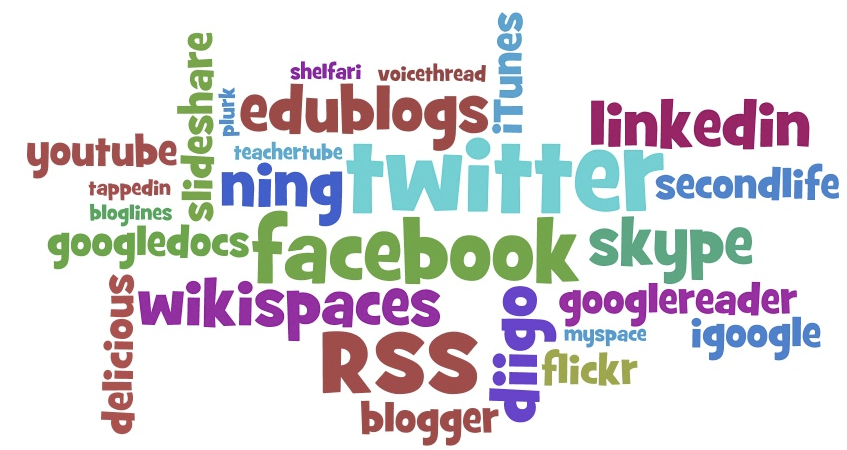
Community communications go beyond blogs and social media shares, how does a PLN help and hinder the development of thoughts and ideas in education discourse?
Community communication goes beyond blogging and social media sharing and has become more effective and faster, but sometimes community communication can help and hinder the development of ideas and concepts in educational discourse. For example, a good PLN can help establish a positive learning environment between teachers and learners, like the brightspace we use at UVIC, or tophat, zoom, etc. These PLN can help us to do our work more quickly and efficiently, or to establish a more reliable connection between students and students, and students and teachers in the classroom. But some PLN have turned out to hinder the development of ideas and concepts in educational discourse. For example, sites like chegg, again such sites are convenient for scholars to communicate, but students often use such sites to cheat and plagiarize. Even during exams such sites are used. This creates a negative PLN environment.
How do educators create discourse? What is the role of social media in education?
The role of social media in education is enormous. First of all social media is like a bridge in education, it links the communication between students and between students and teachers. Students can improve their communication skills by communicating with each other through social media or by completing group assignments. Communication between students and teachers through social media can greatly improve communication efficiency and reduce communication costs, such as in the case of our online courses.
What are some problems with social media communications in education settings?
The first problem with social media communication in an educational setting I think is regulation and reality because there is a lot of uncertainty and uncontrollability in social media, for example, if we take a test or answer a question through social media (Zoom, Brightspace , etc), because it’s done on the web, we can’t guarantee whether the student will open the page to search or take the test with others through social media.
Hi chengzhen, I love reading your post, you have some very good insight on explaining the questions. you mention the hinder on PLN learning may have negative outcome such as abuse using Chegg. I agree what your said about the lack of monitoring systems in Chegg, the abuse of using the outside resources without proper citations are considered as plagiarism and it violate the academic integrity. In nowadays, it is very easy to get access on the internet, the lack of regulation will give opportunities to those people in purpose.
Very good points! I agree with your points about increased efficiency and convenience. Do you think to overcome “cheating” on online tests, teachers should just make tests open book with a shorter time limit. That way students still need to study and be familiar with the course content but if need be can check an answer or two along the way. Students are still learning that way. Some might argue students learn better because they actually have to retrieve the information they forgot to answer the question instead of just blindly guessing.